Understanding Whisker Fatigue In Cats: Symptoms, Causes & Remedies
By: Elizabeth Rikas
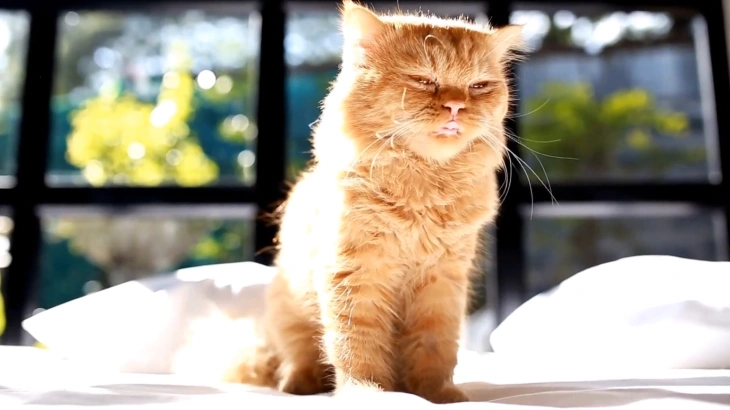
The information in this article is intended to educate cat parents and is not a substitute for veterinary guidance. In case of any concerns about your cat’s health, please talk with your veterinarian.
As a cat owner, you may have noticed your feline friend behaving strangely around their food or water dishes. If your cat seems hesitant to eat or drink, or if they frequently paw at their items, they might be experiencing whisker fatigue. This condition can affect both a cat’s mood and their overall well-being, so understanding it is essential for any responsible pet owner.
Also Read: 7 Annoying Sounds Cat Hate?
What Is Whisker Fatigue In Cats?
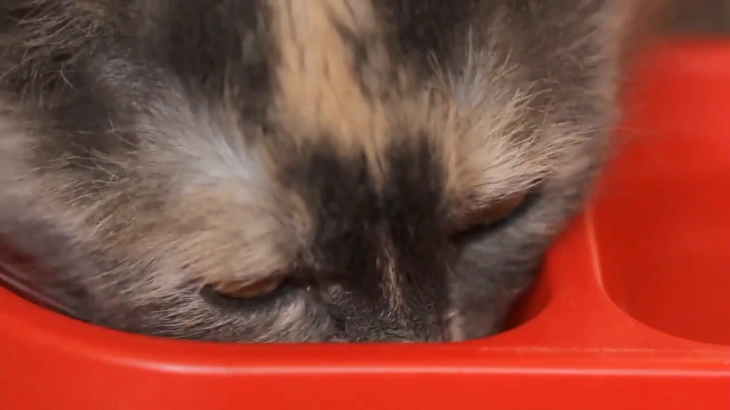
Whiskers, also known as vibrissae, are long, tactile hairs that help cats sense their surroundings. They are highly sensitive and can feel even the slightest changes in their environment. While these whiskers are vital for navigation and hunting, they can also become stressed when they constantly touch surfaces, such as deep bowls or narrow spaces. Whisker fatigue occurs when a cat’s sensitive whiskers become overstimulated.
Interesting Read: Why Do Cats Wag Their Tails?
Whisker Fatigue In Cats Symptoms
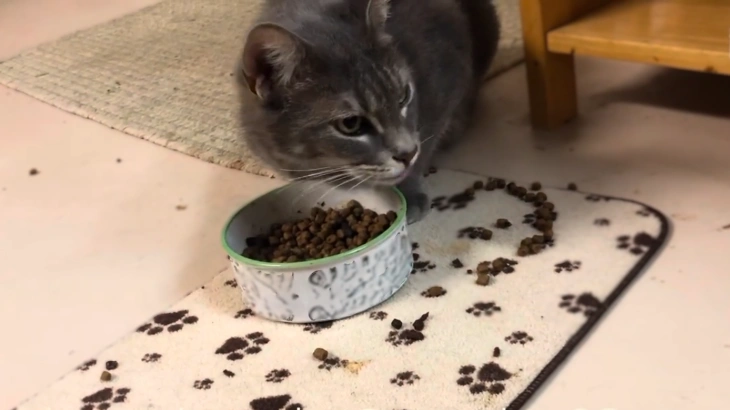
If you suspect your cat might be suffering from whisker fatigue, look out for the following symptoms:
- Avoidance of Food and Water Dishes: Your cat may hesitate to eat or drink from deep bowls, showing a preference for flat dishes instead.
- Pawing at Their Dish: They might paw at their food or water, appearing frustrated or confused.
- Changes in Eating Habits: Your cat may consume less food, leading to potential weight loss.
- Frequent Aggression: Increased irritability or aggression, especially when being touched around the head and face.
- Fatigue and Restlessness: They might appear more tired or restless than usual.
These behaviors stem from the discomfort caused by their whiskers constantly touching the sides of their feeding dishes. If you notice any of these symptoms, it’s crucial to address the issue promptly.
Also Read: Why Does My Cat Snore?
Causes Of Whisker Fatigue
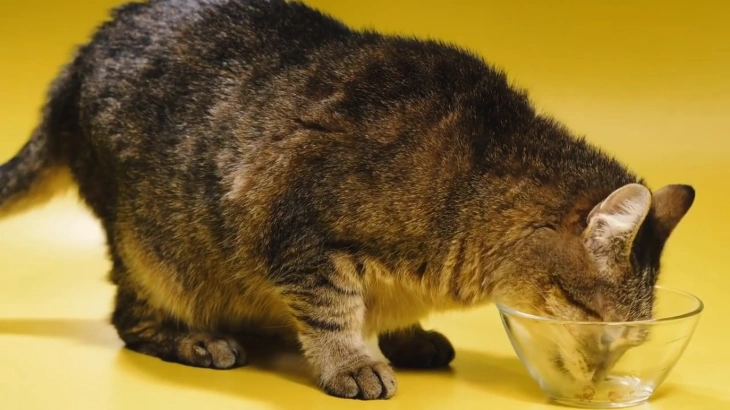
Understanding the causes of whisker fatigue in cats can help you prevent it and create a more comfortable environment for your beloved cat.
- Deep Bowls: Cats often struggle with deep dishes because their whiskers touch the sides repeatedly. This sensation can be overwhelming for them.
- Narrow Spaces: If your cat is navigating through tight areas, their whiskers can become stressed or overstimulated.
- Overstimulation: Cats with very sensitive whiskers may experience overstimulation from other sources, such as excessive grooming or abrupt movements.
- Age and Health Issues: Older cats or those with certain health conditions may have more sensitive whiskers, leading to increased discomfort.
Also Read: Why Cats Can’t Get Down From Trees?
Whisker Fatigue In Cats Treatment
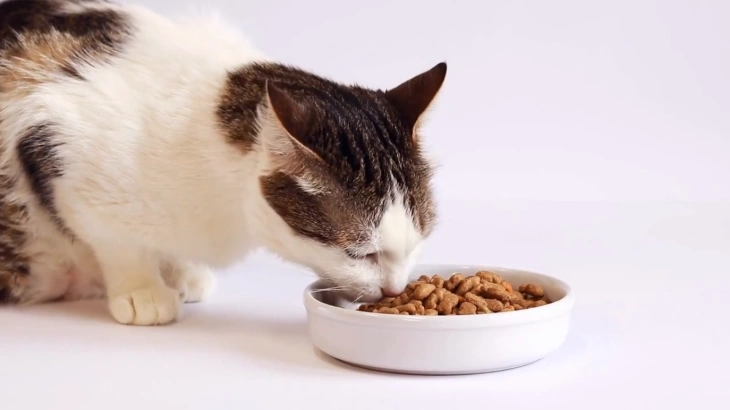
Fortunately, addressing whisker fatigue is often straightforward. Here are some practical strategies you can implement to help alleviate your cat’s discomfort:
- Switch to Flat Dishes: Choosing shallow, wide dishes for food and water can significantly reduce whisker contact, helping your cat eat and drink more comfortably.
- Monitor Their Environment: Keep your cat’s spaces free of clutter and obstacles to minimize the chances of whisker overstimulation.
- Provide Varied Feeding Areas: Consider moving food and water to different locations and use different types of containers to see which ones suit your cat best.
- Observe Behavior: If your cat’s behavior changes, take note and make adjustments as needed. Always be proactive in observing their habits.
By staying attentive to your cat’s preferences and addressing whisker fatigue, you can promote a healthier and happier lifestyle for your furry friend. Cats thrive in environments where they feel secure and comfortable, and managing whisker fatigue is an essential part of that care.
Interesting Read: Why does my cat sleep between my legs?
When To See A Vet
Ultimately, caring for your cat’s whiskers is more than just a matter of comfort—it’s about supporting their well-being. If you’re unsure about your cat’s symptoms, consulting with a veterinarian can provide more insight and tailored solutions. By doing your part, you ensure your beloved pet enjoys every meal and sip without discomfort.
Related: Do Cats Get Jealous?
Frequently Asked Questions
Final Thoughts
Imagine eating with your face constantly brushing against the plate! That’s what it’s like for cats experiencing whisker fatigue. This uncomfortable condition can lead to fussy eating, messy meals, and even stress. By choosing the right dishes, minimizing distractions, and creating a calm feeding environment, you can help your cat enjoy mealtime without the stress of whisker stimulation. Remember, a happy cat is a well-fed cat, and understanding whisker fatigue is key to ensuring your feline friend thrives.

About the Author
Elizabeth Rikas
Elizabeth is a passionate advocate for feline health and well-being, drawing from her years as a dedicated pet parent to three cats—Gypsy, Swan, and Alfred—and her invaluable experience volunteering at animal shelters. A seasoned writer with a lifelong love for cats, Elizabeth began sharing her insights in her teens and has since contributed extensively to platforms focused on feline care. Through her expertise and heartfelt dedication, she empowers pet owners with practical advice and research-backed knowledge to nurture their furry companions.
